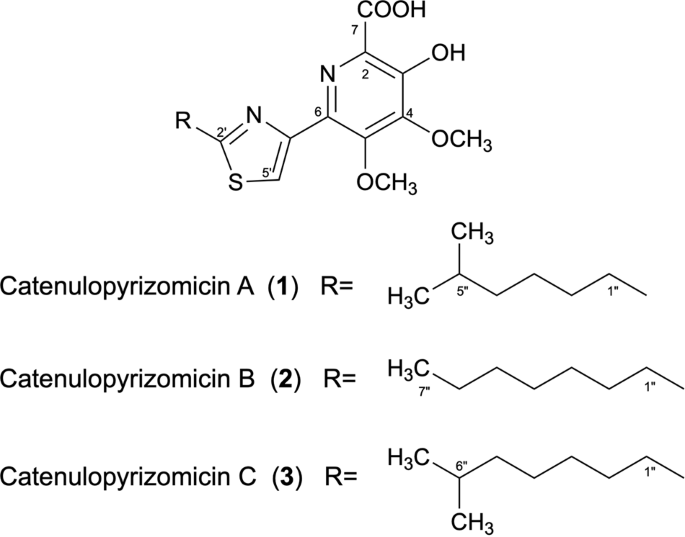- Select a language for the TTS:
- UK English Female
- UK English Male
- US English Female
- US English Male
- Australian Female
- Australian Male
- Language selected: (auto detect) - EN
Play all audios:
A new study suggests that significant early childhood exposure to traffic-related air pollution (TRAP) is associated with structural changes in the brain at the age of 12. The Cincinnati
Children’s Hospital Medical Center study found that children with higher levels of TRAP exposure at birth had reductions at age 12 in gray matter volume and cortical thickness as compared to
children with lower levels of exposure. “The results of this study, though exploratory, suggest that where you live and the air you breathe can affect how your brain develops, says Travis
Beckwith, Ph.D., a research fellow at Cincinnati Children’s and lead author of the study. “While the percentage of loss is far less than what might be seen in a degenerative disease state,
this loss may be enough to influence the development of various physical and mental processes.” Gray matter includes regions of the brain involved in motor control as well as sensory
perception, such as seeing and hearing. Cortical thickness reflects the outer gray matter depth. The study found that specific regions in the frontal and parietal lobes and the cerebellum
were affected with decreases on the order of 3 to 4 percent. “If early life TRAP exposure irreversibly harms brain development, structural consequences could persist regardless of the time
point for a subsequent examination,” says Dr. Beckwith. The researchers on the study, which is published online in _PLOS One_, used magnetic resonance imaging to obtain anatomical brain
images from 147 12-year-olds. These children are a subset of the Cincinnati Childhood Allergy and Air Pollution Study (CCAAPS), which recruited volunteers prior to the age of six months to
examine early childhood exposure to TRAP and health outcomes. The volunteers in the CCAAPS had either high or low levels of TRAP exposure during their first year of life. The researchers
estimated exposure using an air sampling network of 27 sites in the Cincinnati area, and 24/7 sampling was conducted simultaneously at four or five sites over different seasons.
Participating children and their caregivers completed clinic visits at ages 1, 2, 3, 4, 7 and 12. Previous studies of TRAP suggest that it contributes to neurodegenerative diseases and
neurodevelopmental disorders. This work supports that TRAP changes brain structure early in life. Reference: “Reduced gray matter volume and cortical thickness associated with
traffic-related air pollution in a longitudinally studied pediatric cohort” by Travis Beckwith, Kim Cecil, Mekibib Altaye, Rachel Severs, Christopher Wolfe, Zana Percy, Thomas Maloney,
Kimberly Yolton, Grace LeMasters, Kelly Brunst and Patrick Ryan, 24 January 2020, _PLOS One_. DOI: 10.1371/journal.pone.0228092 Senior author of the study is Kim Cecil, Ph.D., a scientist at
the Cincinnati Children’s Imaging Research Center. NEVER MISS A BREAKTHROUGH: JOIN THE SCITECHDAILY NEWSLETTER.









:max_bytes(150000):strip_icc():focal(319x0:321x2)/people_social_image-60e0c8af9eb14624a5b55f2c29dbe25b.png)